iPhone 14: Specs, price, release date, and everything you need to know
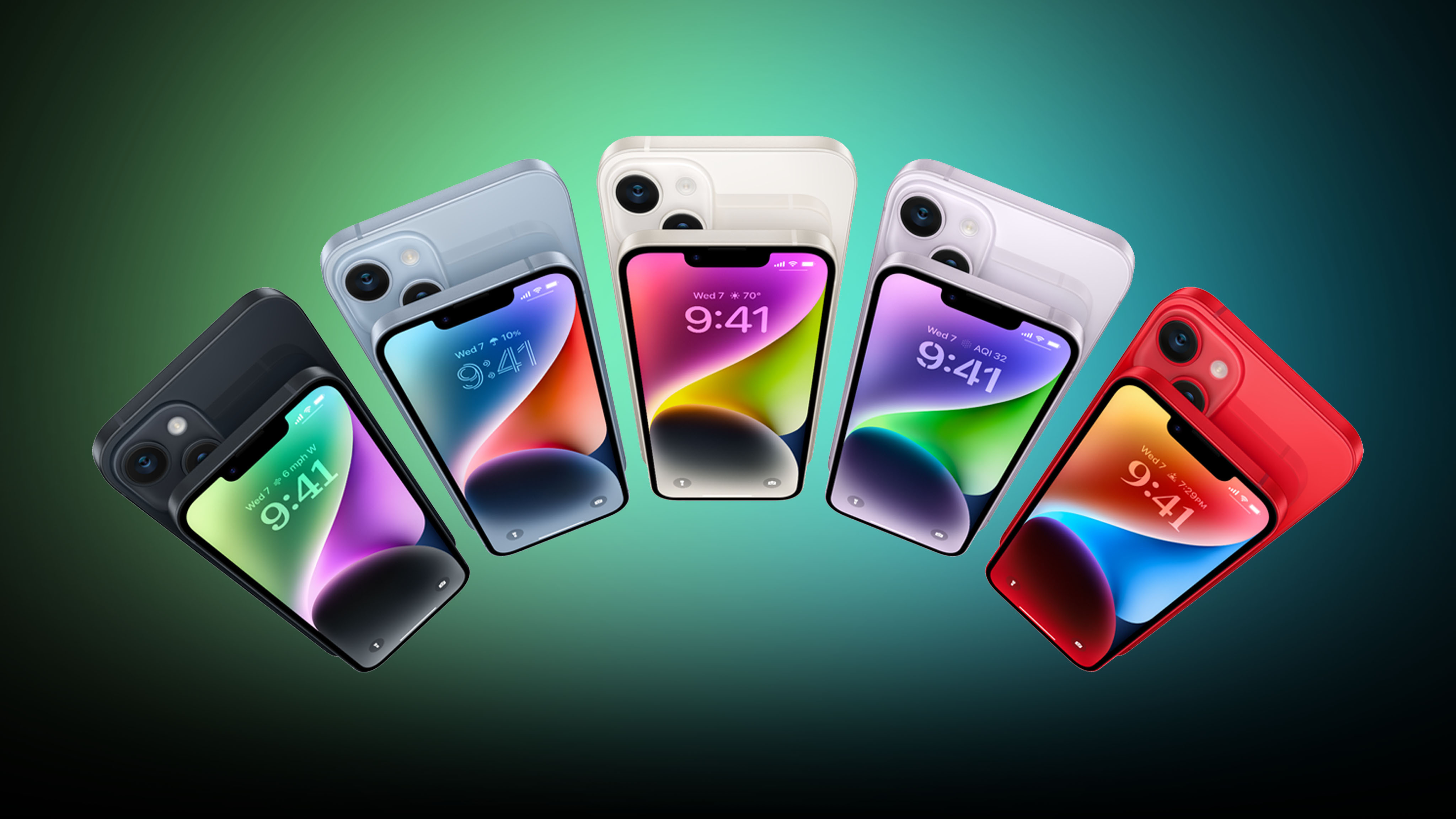
Apple's iPhone 14 is the company's latest and greatest in all-things iPhone, and there’s no doubt that there’s a lot to love. However, those who have been looking forward to another ‘mini’ size phone are going to be disappointed, as Apple has eliminated the 5.4-inch iPhone from the lineup, though the iPhone 13 mini still remains for sale.
The iPhone was unveiled during the "Far Out" event in September 2022, along with the Apple Watch Series 8, rugged Apple Watch Ultra, and revamped AirPods Pro 2 earbuds. While other phones in the lineup bring hot new features -- such as the Dynamic Island and the new Apple A16 chip -- the iPhone 14 and 14 Plus are modest upgrades over the iPhone 13. That said, they're faster, offer greater storage, and bring a new degree of polish to a familiar friend.
Here’s everything you need to know about the new iPhone 14, which is set to be the best iPhone yet.
iPhone 14 latest news (updated June 20)
- As of June 21, the iPhone 14 is eligible for Apple's new Self Service Repair program (along with more Macs). The system ensures that repairs made by users have been completed correctly and that the parts are working properly.
- If you're using Apple's "My Photo Stream" service to sync photos between your iPhone, iPad, and Mac, start making plans for what comes next: Apple is killing the My Photo Stream feature in July 2023.
- There's a brand new iPhone 14 color in the lineup: a lemon yellow iPhone as warm as pudding and just and as tasty to the eye.
iPhone 14 models and sizes
The iPhone 14 has a 6.1-inch display, while the iPhone 14 Plus measures 6.7-inches, and together they're the entry level iPhones perfect for most users. The big brother iPhone Pro and it's flagship friend, the iPhone Pro Max, offer additional bells and whistles for the bleeding edge crowd. Here's the complete lineup:
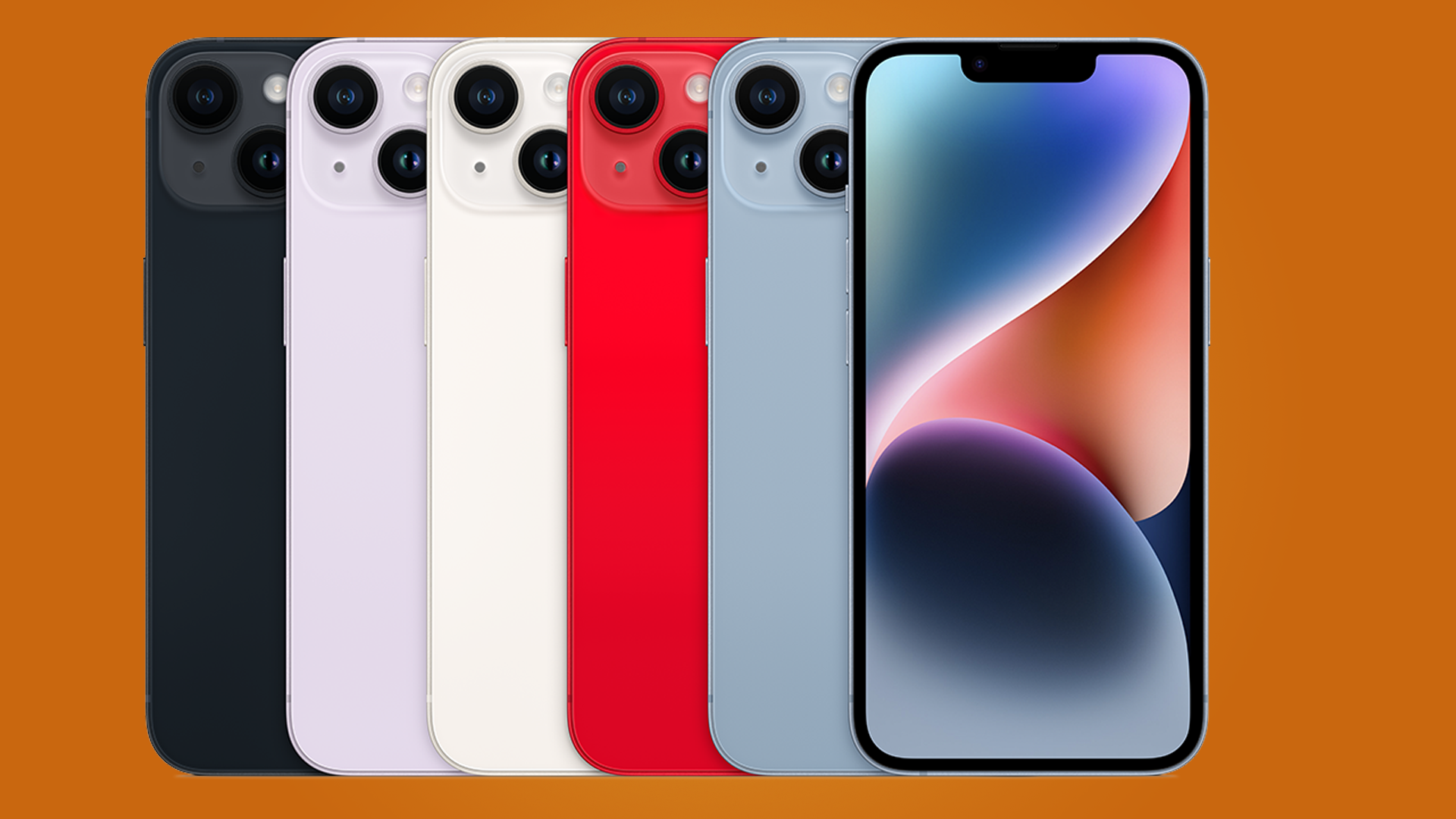
iPhone 14 A fantastic device, somewhat overshadowed by the powerful iPhone 14 Pro.
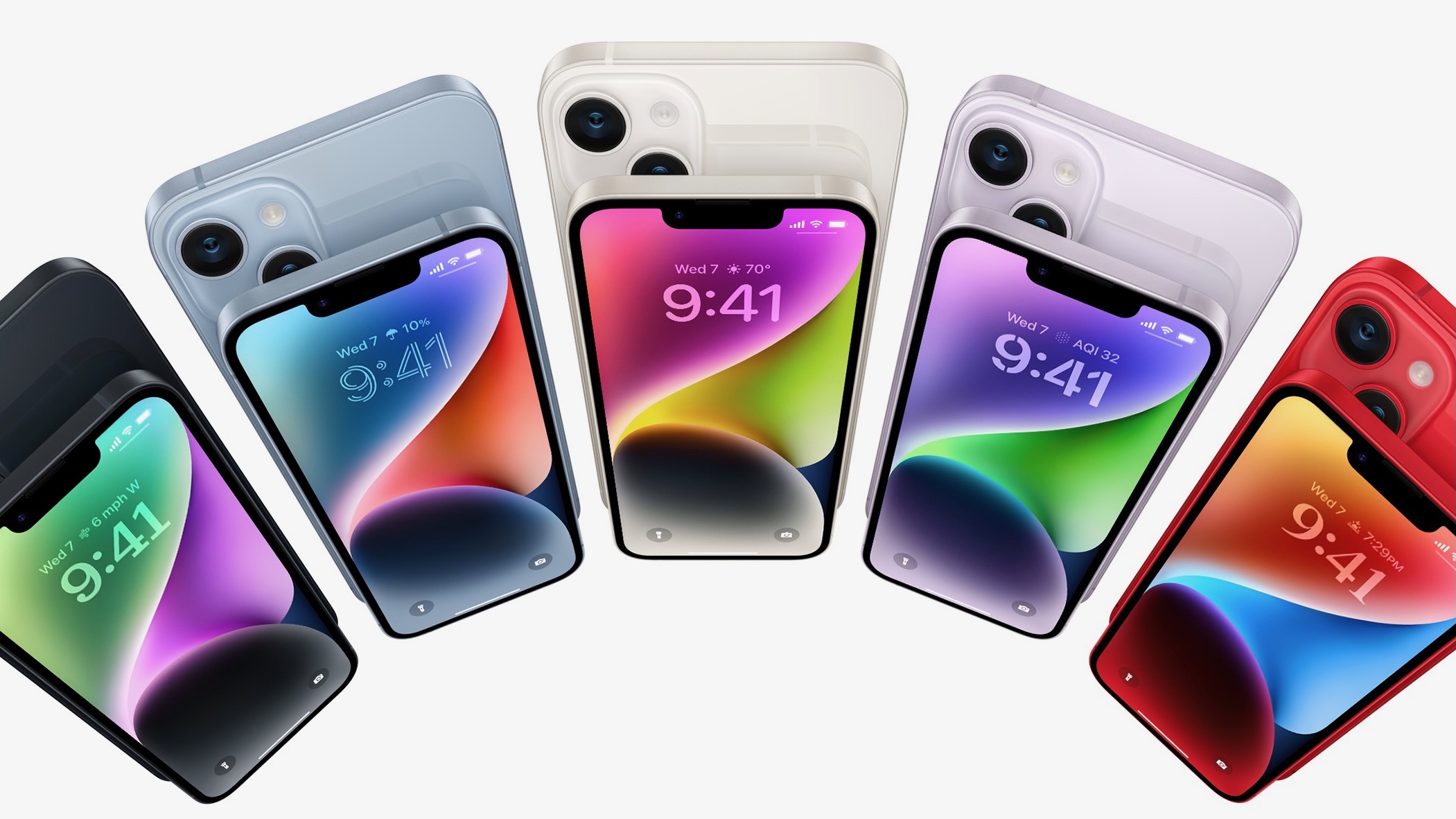
iPhone 14 Plus A 6.7-inch screen instead of 6.1 gives the Plus the perfect amount of screen real estate.
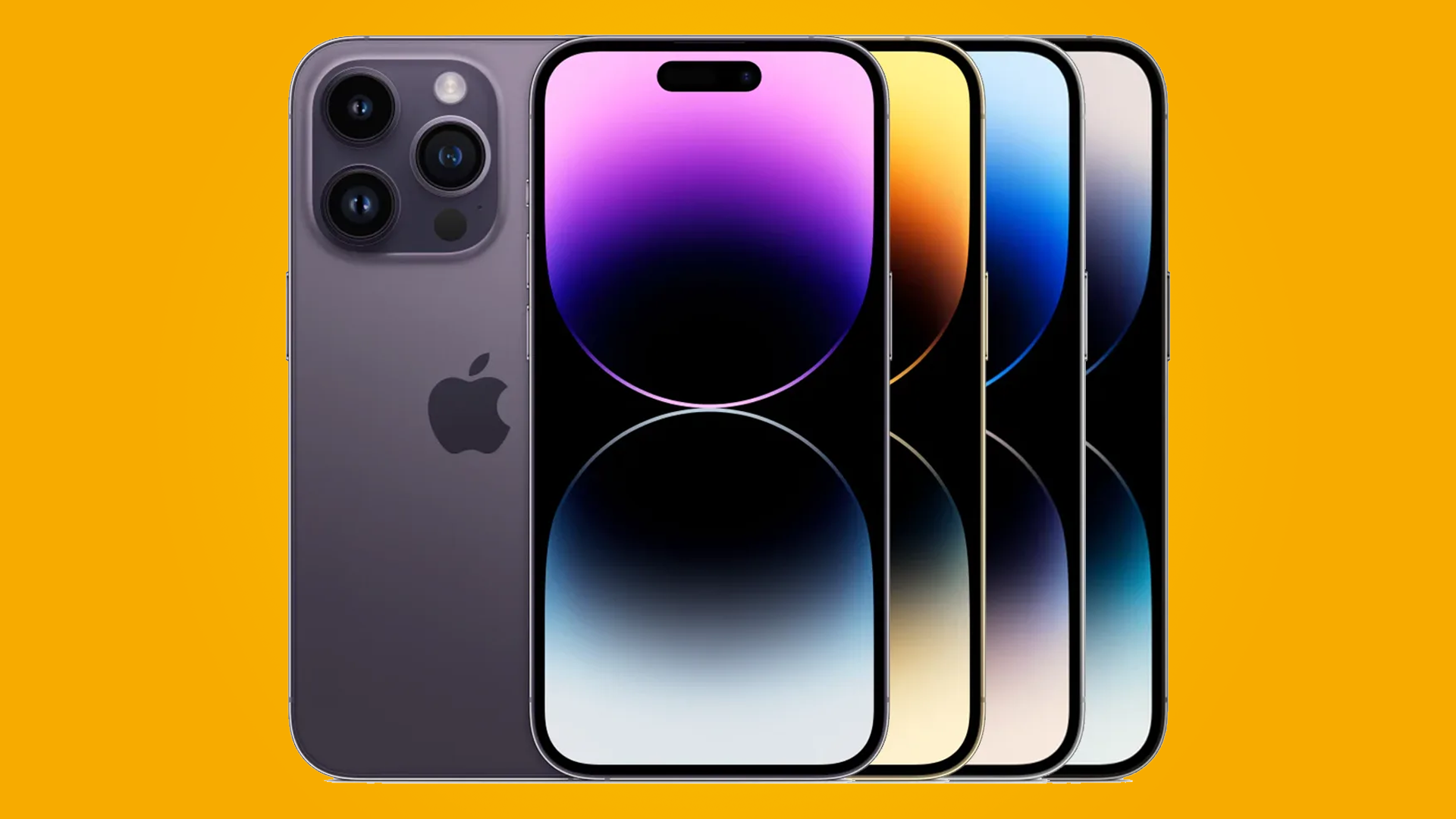
iPhone 14 Pro The best iPhone you can buy, with Apple's latest A16 Bionic chip and the new Dynamic Island.
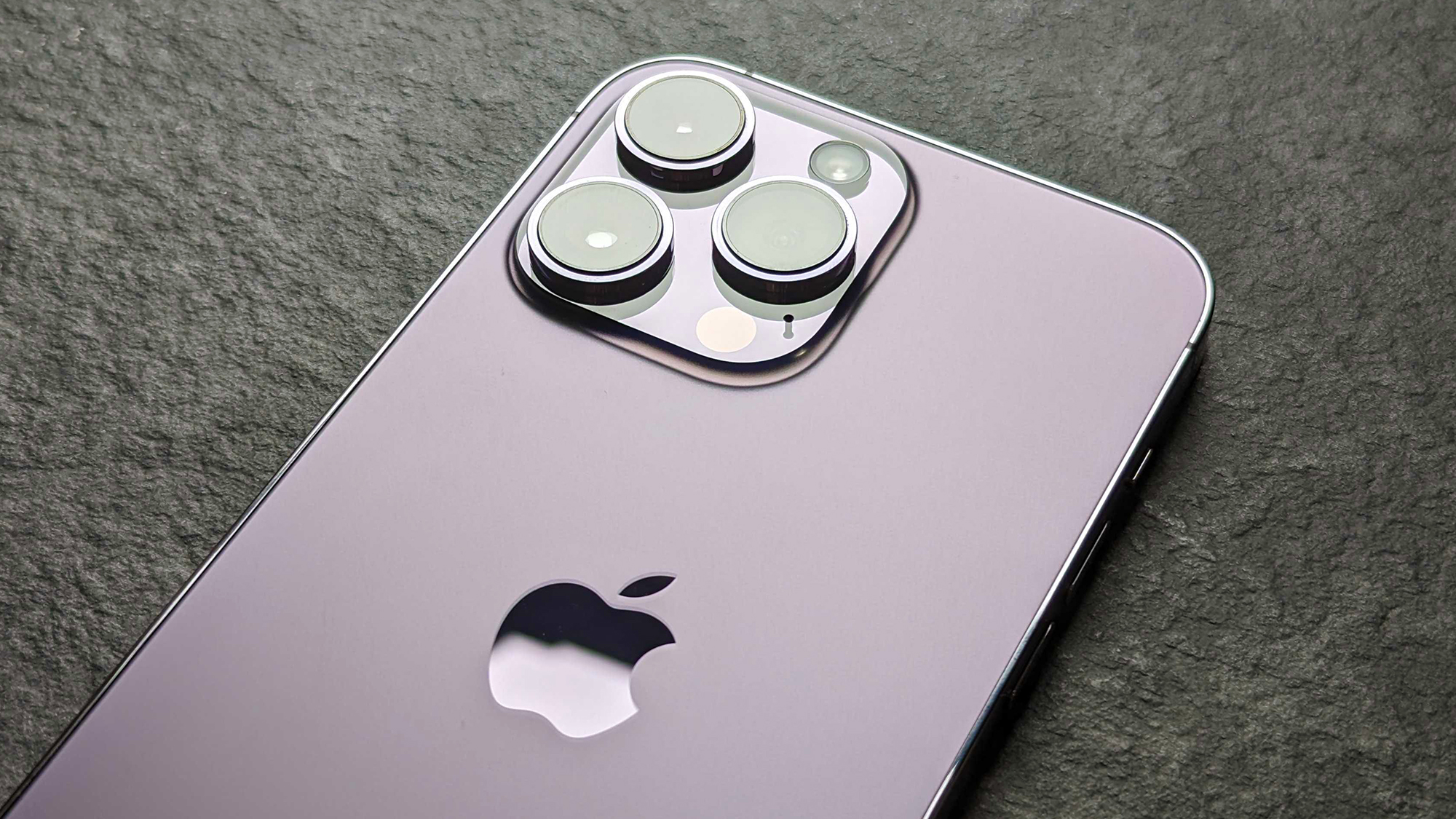
iPhone 14 Pro Max With a larger display and bigger battery than the Pro, it digs deeper and climbs higher than any iPhone before it
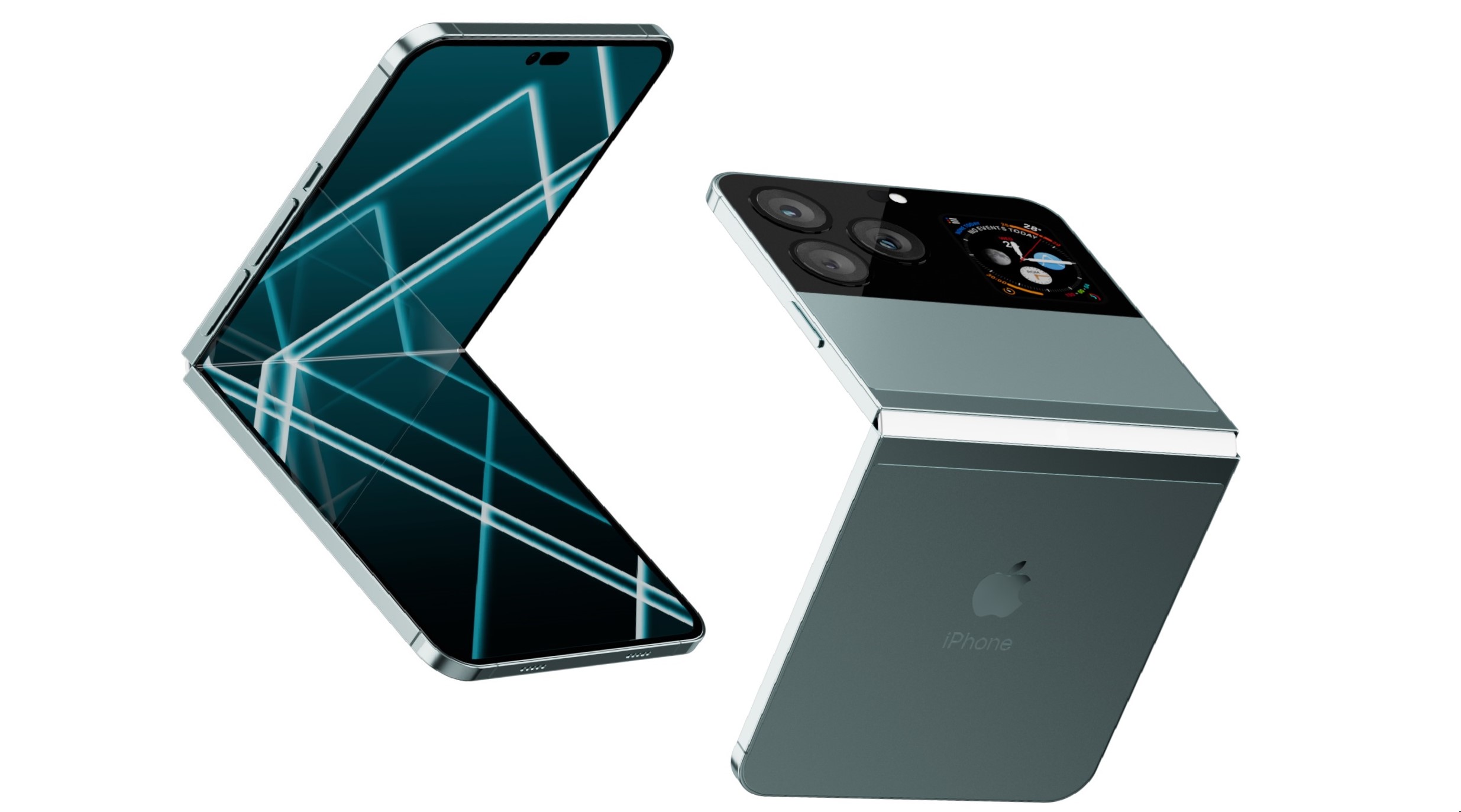
iPhone Flip? Dream on. don't expect a folding iPhone this year, whether you call it an iPhone Air or the iPhone Flip.
iPhone 14 design, colors, and display

The iPhone 14's design hasn't changed compared to the previous model, with updates instead reserved for the internals. However, it comes in six colors; Midnight, Purple, Starlight, (PRODUCT)RED, Yellow, and Blue.
The iPhone 14 and iPhone 14 Plus both have an updated internal design that gives them better thermal performance, so they should not get as warm during use or charging as previous iPhones.
The Super Retina XDR displays use OLED technology with up to 1200 nits of peak HDR brightness, a 2,000,000:1 contrast ratio, and support for Dolby Vision graphics. the iPhone 14 has a display resolution of 2532‑by‑1170-pixels at 460 ppi, while the iPhone 14 Plus has a display resolution of 2778‑by‑1284-pixels at 458 ppi.
iMore offers spot-on advice and guidance from our team of experts, with decades of Apple device experience to lean on. Learn more with iMore!
The Ceramic Shield front glass returns, which is exclusive to Apple's iPhone devices and won't be found on any other smartphone on the market. The Ceramic Shield keeps the display safe from common spills and accidents that involve water and dust. The iPhone 14 is also rated IP68, giving it a water resistance of up to 6 meters for 30 minutes.
However, it's important to note that the iPhone 14 and iPhone 14 Plus will continue to have the notch that has been present since the iPhone X.
iPhone 14 processor, storage, and RAM
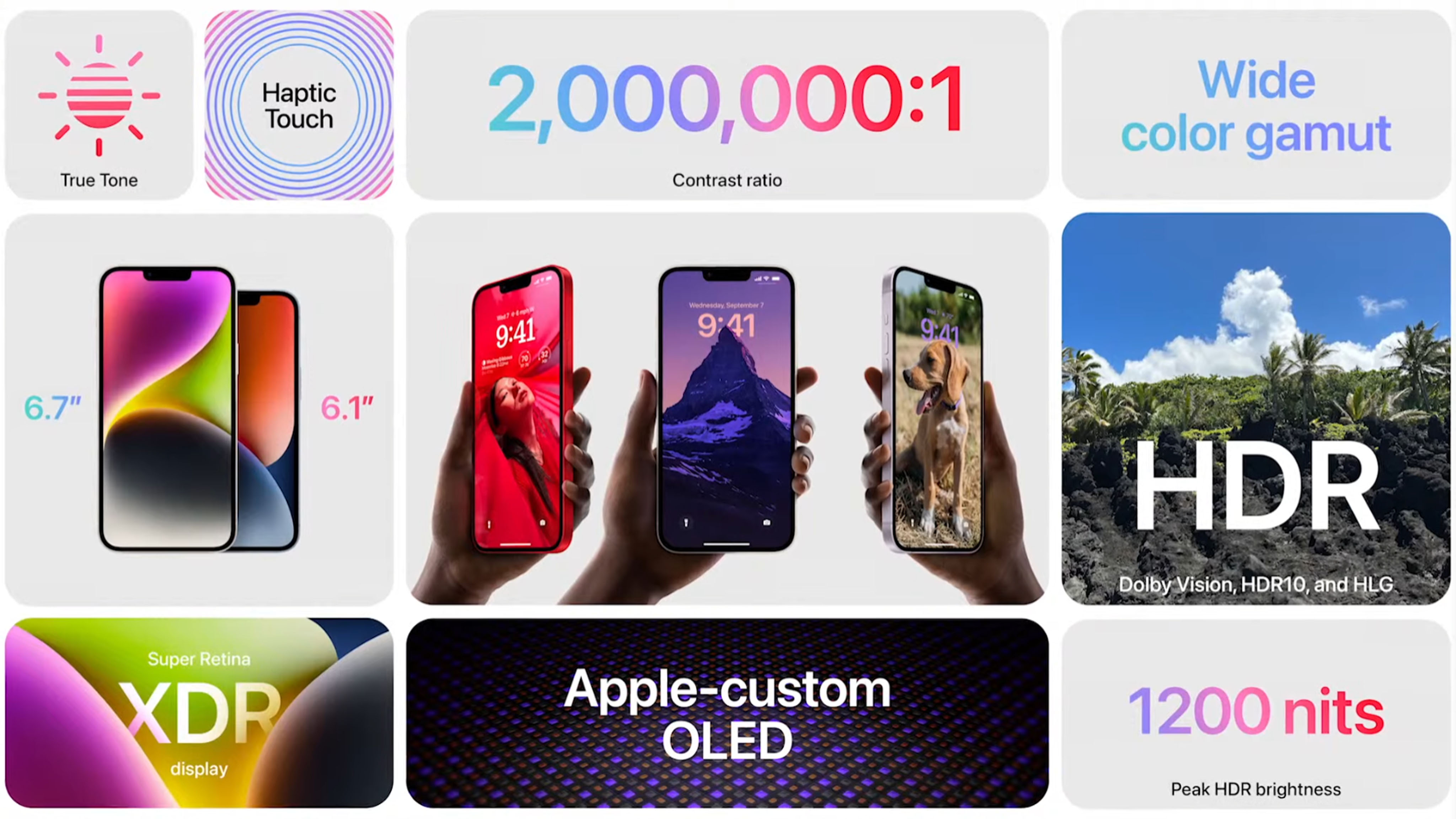
iPhone 14 will continue to use the A15 Bionic chip that is in the iPhone 13 lineup. This means a 6-core CPU with two high-performance cores, and four efficiency cores, along with the 16-core Neural Engine. It also has a 5-core GPU for high-performance gaming and graphics, and it powers the new Photonic Engine.
Both the iPhone 14 and 14 Plus are available in 128GB, 256GB, and 512GB storage options.
The iPhone 14 and 14 Plus both feature upgraded RAM, with 6GB as opposed to 4GB in the iPhone 13. This will improve performance when it comes to multitasking and running multiple apps.
iPhone 14 camera
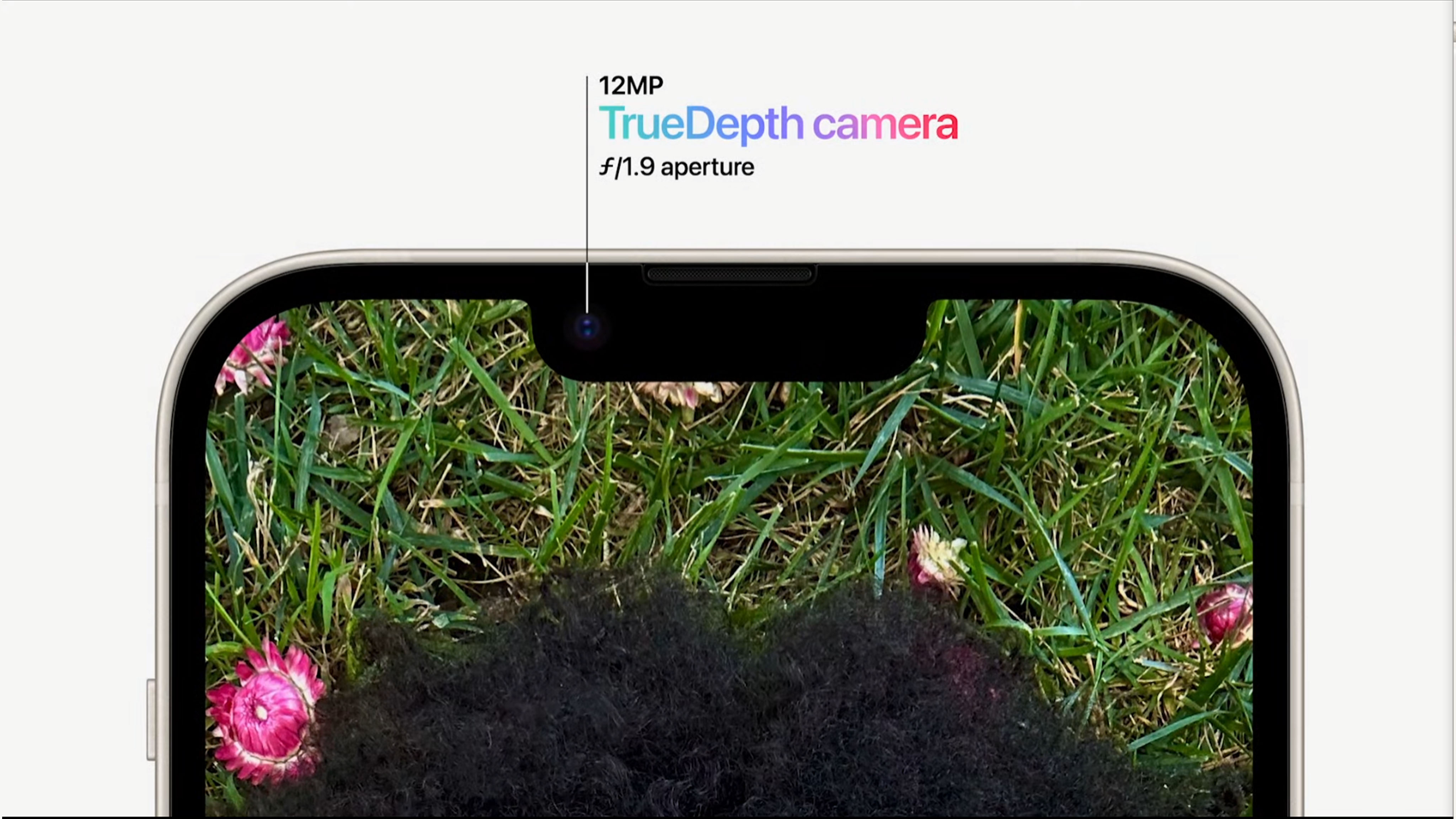
While the iPhone 14 and iPhone 14 Plus still have a 12MP camera system, both have larger sensors and larger pixels than previous iPhones, so it is still an improvement (just not as big of one as the iPhone 14 Pro). It also has a new front-facing TrueDepth camera system and Ultra Wide lens and introduced the new Photonic Engine for vast improvements in low light performance.
The iPhone 14 and 14 Plus have two rear 12MP cameras:
12MP Main: 26 mm, ƒ/1.5 aperture, sensor‑shift optical image stabilization, seven‑element lens, 100% Focus Pixels
12MP Ultra Wide: 13 mm, ƒ/2.4 aperture and 120° field of view, five‑element lens
The front-facing camera is a 12MP camera with ƒ/1.9 aperture and autofocus.
The new Photonic Engine is deeply integrated into the hardware and software, improving the overall quality of both mid to low-light photos across all cameras. This means up to 2x on the Ultra Wide camera, 2x on the TrueDepth camera, and 2.5x on the main Wide camera. Photonic Engine makes the improved quality possible by applying computational photographic features like Deep Fusion earlier in the imaging process. The end result should deliver incredible detail, preserve subtle textures, have better coloring, and preserve more overall data in a photo.
Some of the new specs of the dual-lens camera system on the iPhone 14 and iPhone 14 Plus include a larger ƒ/1.5 aperture and 1.9 µm pixels on the main Wide camera. This improves lighting in all photos and has more detail, motion freezing, less noise, and faster exposure times. It also has optical image stabilization. The TrueDepth camera has a ƒ/1.9 aperture for improved low-light capture for both photos and video. There is also autofocus for the first time.
The iPhone 14 and iPhone 14 Plus also now have a new Action mode, allowing users to capture incredibly smooth video that will automatically adjust to shakes, motion, and vibrations. The Ultra Wide camera has low-light improvements, and the True Tone flash is 10% brighter with improved uniformity. Cinematic mode is now available in 4K at 30fps and 4K at 24fps, and there is also end-to-end Dolby Vision HDR. It can also record 4K video at 24 fps, 25 fps, 30 fps, or 60 fps, 1080p HD video at 25 fps, 30 fps, or 60 fps, and 720p HD video at 30 fps.
iPhone 14 battery, charging, and MagSafe
The iPhone 14 features a 3,279 mAh battery, while the iPhone 14 Plus features a 4,325 mAh battery. The former is a slight improvement on the iPhone 13, there wasn't an iPhone 13 Plus to compare to the new model.
Apple says that the iPhone 14 (6.1-inch) has a battery that's good for up to 20 hours of video playback, 16 hours of streaming, or 80 hours of audio playback. It also has fast charge that can deliver 50% in around 30 minutes with a 20W adapter or higher (sold separately).
The larger iPhone 14 Plus delivers a whopping 26 hours of video playback, 20 hours of streaming, or 100 hours of audio, and the same fast-charging capabilities. Of course, real-world use is likely to differ somewhat from Apple's official figures.
Both support MagSafe charging up to 15W and standard wireless charging up to 7.5W. Like iPhone 13 the iPhone 14 and 14 Plus also support magnetic MagSafe accessories such as cases and battery packs from both Apple and third-party vendors.
The iPhone 14 retains the Lightning connector from previous models.
iPhone 14 Crash Detection and Emergency SOS via satellite
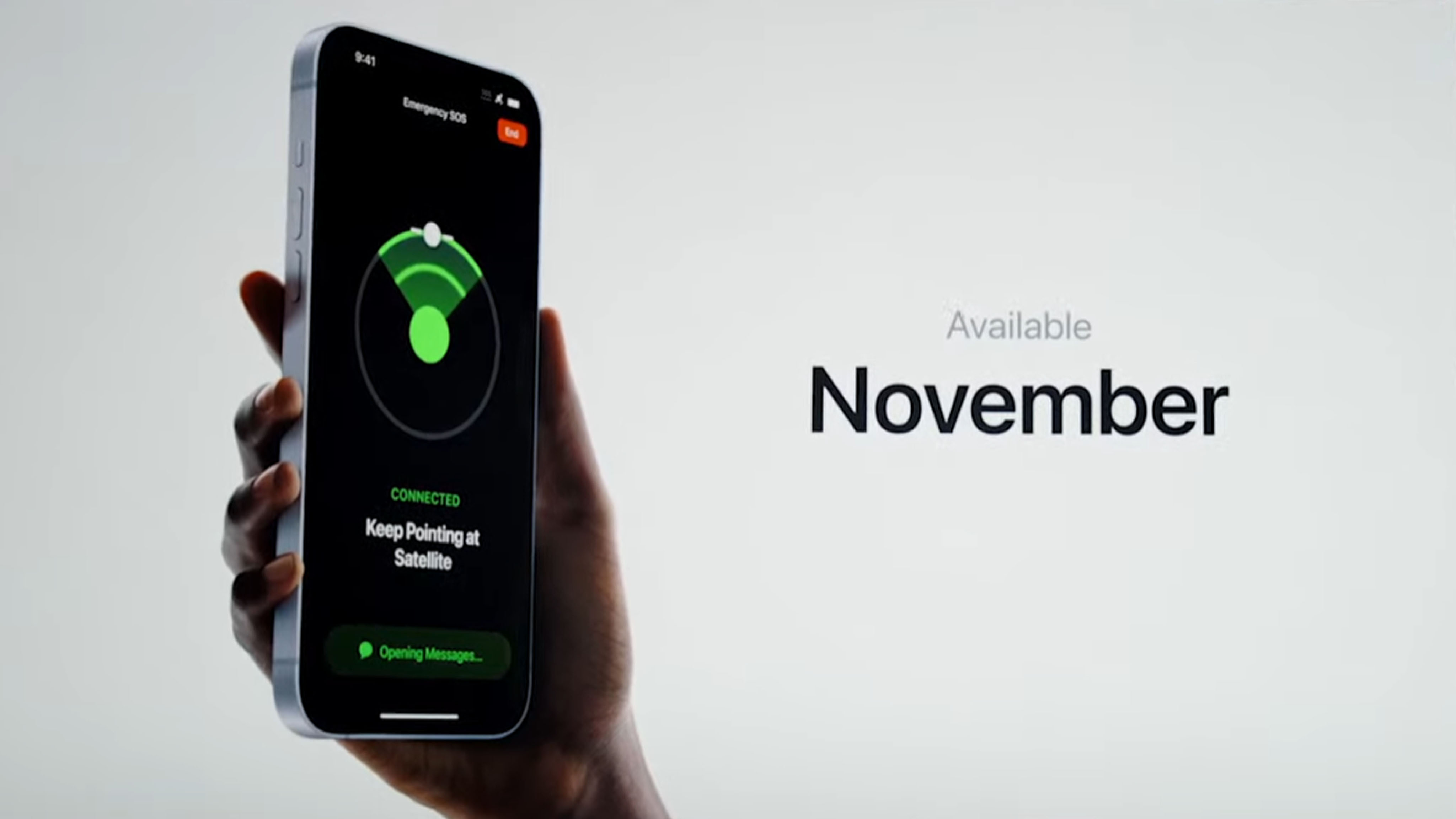
Apple is adding Crash Detection to the iPhone 14 as a new safety feature. Thanks to a new dual-core accelerometer, which can detect G-force measurements up to 256 Gs, as well as a high dynamic range gyroscope, Crash Detection is also included in the new Apple Watch Series 8 and Apple Watch SE 2. With Crash Detection, the iPhone can detect a severe car crash as it happens, and automatically dial emergency services, which is especially helpful if the user is unconscious or unable to get to their iPhone. The new accelerometer and gyroscope are built on top of other existing components, like the barometer, which can now detect cabin pressure changes, GPS for speed changes, and the microphone, which can recognize loud noises that are associated with car crashes.
The iPhone 14 and iPhone 14 Pro now have satellite connectivity, but only for emergency services. With Emergency SOS via satellite, users can get through to emergency services even if they are out of range of cellular and Wi-Fi networks. With this feature, the iPhone will prompt the user with some questions, then guide them on where to point the iPhone 14 or iPhone 14 Pro to in the sky in order to connect to the nearest satellite. The initial questions and follow-up messages are also relayed to a nearby emergency center staffed by Apple-trained specialists, who can then call for help on behalf of the user. The satellite connectivity can also be used for Find My when there is no cellular or Wi-Fi signal.
Emergency SOS via satellite launches in the U.S. and Canada in November 2022, though it will be a subscription-based service. However, with the purchase of an iPhone 14, the service will be available free for two years.
iPhone 14 5G and eSIM
The iPhone 14 continues to use 5G (sub‑6 GHz and mmWave), but it will also move to eSIM. This means no more SIM card trays on all U.S. models of iPhone as they move forward with eSIM only. Theoretically, this should make it easier to switch cellular plans and providers. Currently, it is used by carriers to lock your device to its network. The iPhone 14 has Dual eSIM support.
iPhone 14 price and availability
The iPhone 14 was released on September 16, and the iPhone 14 Plus on October October 7. It is widely available.
| Storage | iPhone 14 | iPhone 14 Plus |
| 128GB | $799 | $899 |
| 256GB | $899 | $999 |
| 512GB | $1,099 | $1,199 |
iOS 16
The operating system software that powers the iPhone 14 is called iOS 16, and it's one of the most significant software updates for the iPhone in recent years -- which explains why 81% of all iPhones are currently using it, and 90% of all iPhones introduced within the last four years. Unveiled at Apple's WWDC last year and released Sept. 12, iOS 16 offers a slew of important new features for iPhone users. And although iOS 17 was announced and offered for developers at WWDC 2023, iOS 16 is software most of us should continue using.
iOS 17
Apple unveiled iOS 17 at WWDC 2023 in June, teasing some of the software updates coming to iPhone 15 and the rest of Apple's lineup later this year. iOS 17 is bringing some cool updates to the Phone, FaceTime, and Messages apps, as well as AirDrop, and autocorrect. There's a fab new StandBy mode for landscape charging, a new Journal app to help you appreciate life, and changes to Safari.

Christine Romero-Chan was formerly a Senior Editor for iMore. She has been writing about technology, specifically Apple, for over a decade at a variety of websites. She is currently part of the Digital Trends team, and has been using Apple’s smartphone since the original iPhone back in 2007. While her main speciality is the iPhone, she also covers Apple Watch, iPad, and Mac when needed. When she isn’t writing about Apple, Christine can often be found at Disneyland in Anaheim, California, as she is a passholder and obsessed with all things Disney, especially Star Wars. Christine also enjoys coffee, food, photography, mechanical keyboards, and spending as much time with her new daughter as possible.
- Stephen WarwickNews Editor
- Joe WituschekContributor
